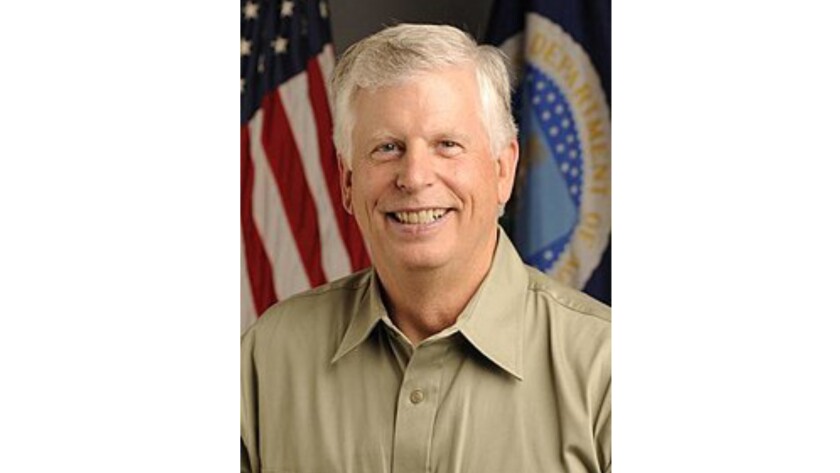I served in the U.S. Forest Service for more than 40 years and as its chief for the last eight years. During my time leading the Forest Service, I oversaw four mineral-withdrawal studies for public lands in Washington state, Montana, Oregon, and here in Minnesota, in lands adjacent and near to the Boundary Waters Canoe Area Wilderness. Three of the four were finalized while the study in Minnesota was canceled at the 11th hour by the previous administration.
Of those four withdrawal applications, the one near the Boundary Waters was the most important. Given the high level of risk of pollution and contamination from not just acid mine drainage but other pollutants, the value of the wilderness, and the impossibility of remediation should the very likely event of a spill occur, it was clear to me that the mineral withdrawal near the Boundary Waters was more necessary and critical than the other three mineral withdrawals combined.
On Tuesday in Washington, D.C., I am providing this information to Congress in a hearing on Rep. Betty McCollum's Boundary Waters Wilderness Protection and Pollution Prevention Act, along with my reasons and rationale for requesting the original mineral withdrawal in 2016. I am testifying, in part, because some have suggested the effort to protect the Boundary Waters is politically motivated. Nothing could be further from the truth.
My 2016 written decision described in detail the reasons why sulfide-ore copper mining in the Boundary Waters watershed is incredibly risky and incompatible with the Wilderness Act, the 1978 Boundary Waters Wilderness Act, and the Forest Service’s obligations to protect the Boundary Waters’ unparalleled and irreplaceable wilderness values.
Since 2016, the scientific record has only grown stronger. At least two dozen new scientific reports document the likelihood of harm if sulfide-ore copper mining is allowed on Superior National Forest lands in the watershed of the Boundary Waters.
ADVERTISEMENT
My decision to deny the renewal of the leases was based on the inherent risk of sulfide-ore copper mining and the high potential for release of mine pollution into the water-rich environment of the Boundary Waters watershed. A 2012 review of water-quality impacts from 14 operating U.S. sulfide-ore copper mines found that 100% of the mines experienced pipeline spills or accidental releases and 13 out of 14 mines experienced failures to control contaminated mine seepage, leading to harmful water-quality impacts.
In a 2019 update to the 2012 report, available records reflecting the performances of 15 U.S. copper mines were examined, the combined output of which represented essentially all (99%) of U.S. copper production in 2015; and it found that 14 of the top 15 copper mines (93%) failed to capture and control wastewater, resulting in significant water-quality impacts. Just this April, a report of five hardrock mines in Alaska, some identified as "model" mines by Twin Metals, documented 8,150 spills from 1995 to 2020.
This is the challenge with mining. Even with the best of designs and best efforts, spills and leaks happen. Mining occurs in the natural environment, not in a controlled factory. These risks are only further exacerbated in the wet environment and uniquely interconnected hydrogeology of the Superior National Forest and Boundary Waters.
Even though the current administration has canceled the Twin Metals leases and reinstated the process to recommend 225,378 acres of Superior National Forest lands be withdrawn from the mineral leasing program, the need for permanent protection is validated by the Trump administration when it arbitrarily reinstated and renewed the leases.
Minnesota has a strong history of mining, and the passage of the Boundary Waters Wilderness Protection and Pollution Prevention Act would have little impact on that industry since the area withdrawn would be only a small part of the Duluth Complex and would not affect the high-grade deposits located in its south. The mineral withdrawal would remove from mineral development only four out of 19 known deposits in the Duluth Complex.
America is blessed with some of the most beautiful and uniquely valuable natural places in all the world, and the Boundary Waters is at the top of that list. Let's work together to make sure that future generations can reap its enormous value just like we have.
Tom Tidwell was chief of the U.S. Forest Service from 2009 to 2017 and is scheduled to testify Tuesday, May 24th, in a congressional hearing on the Boundary Waters Wilderness Protection and Pollution Prevention Act. He wrote this for the News Tribune.










